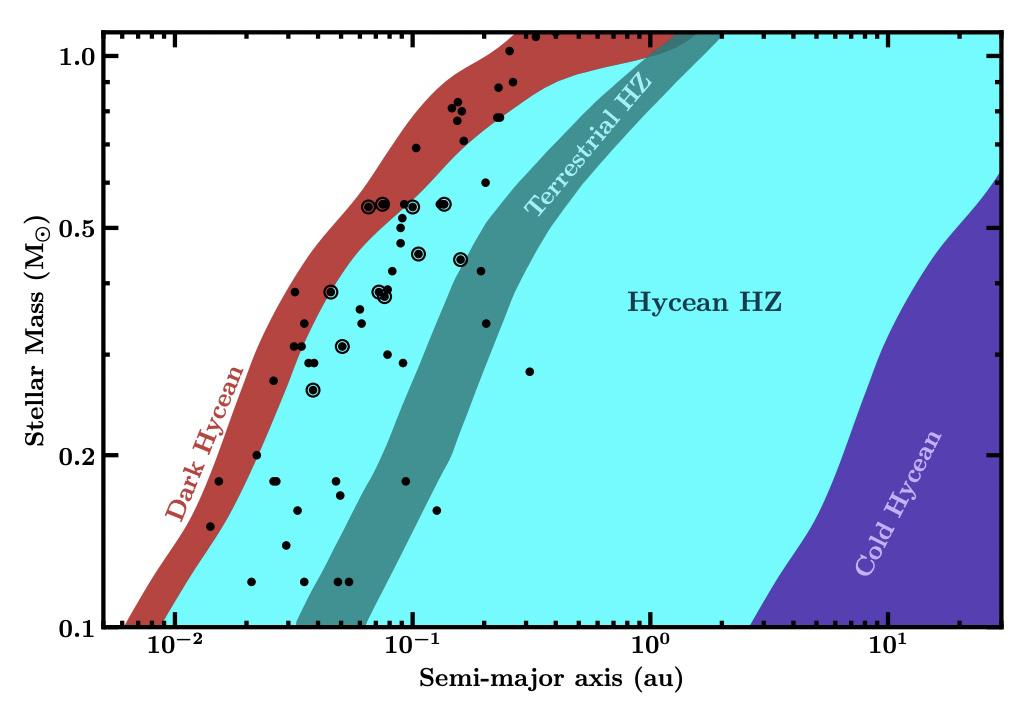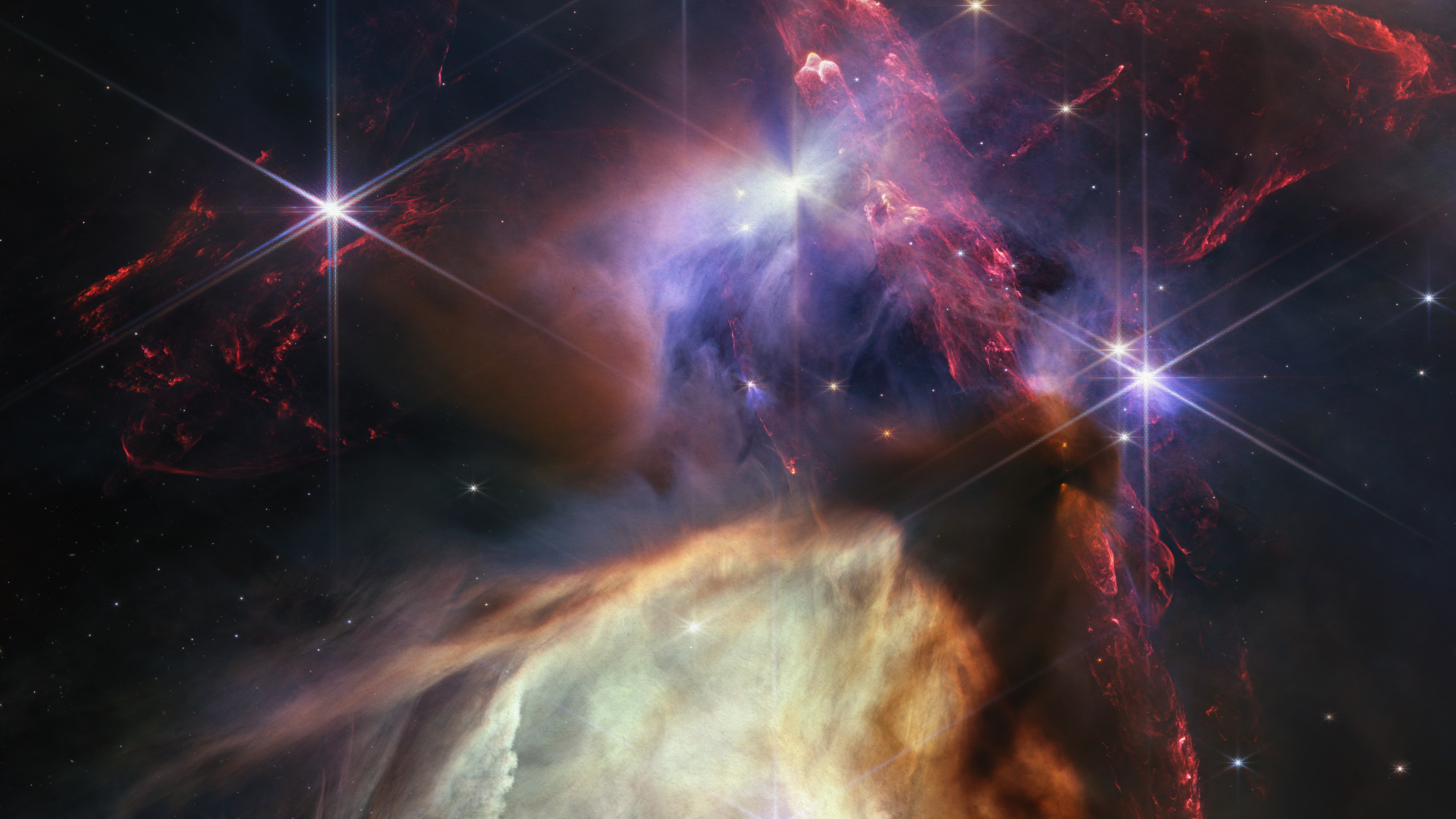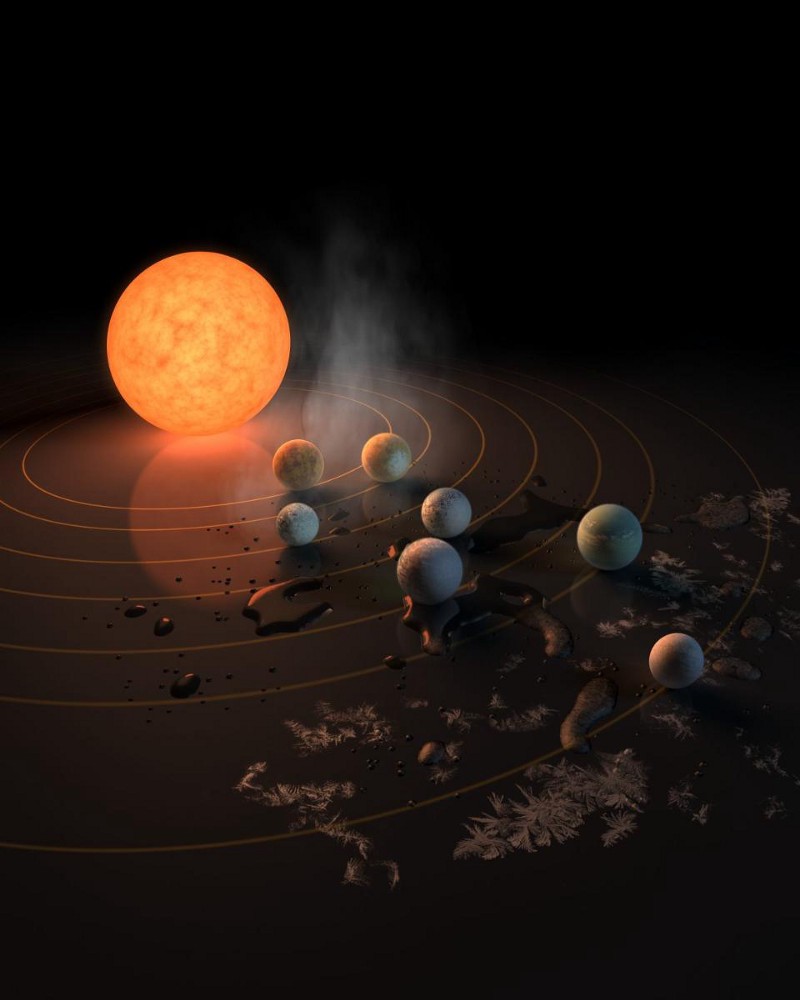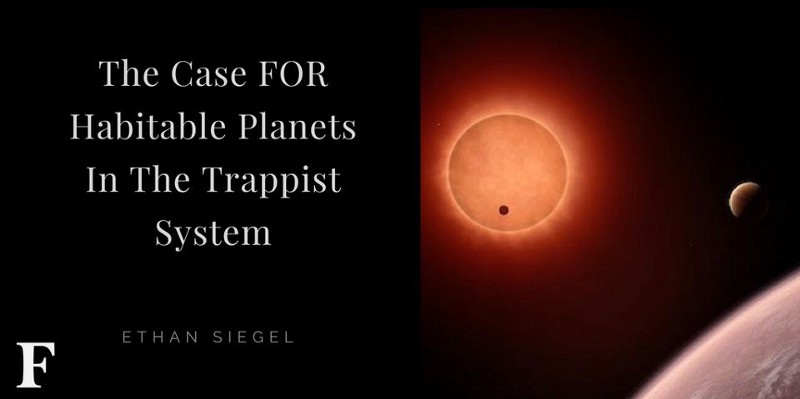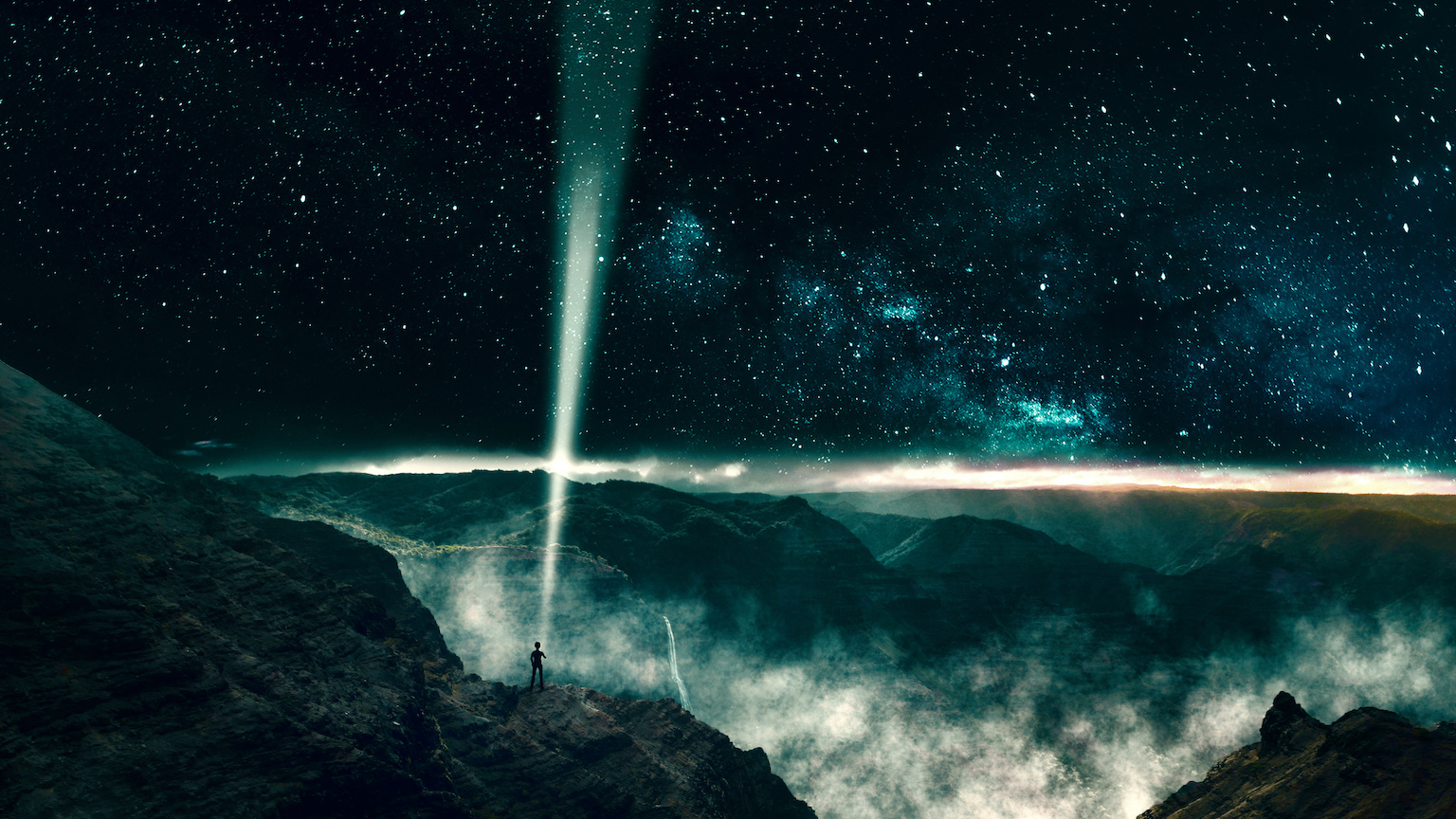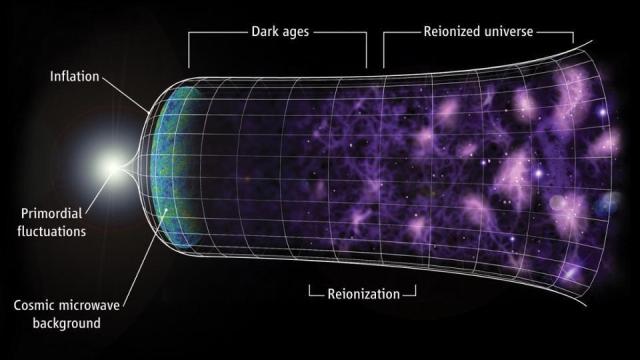Why TRAPPIST-1 is our favorite alien planetary system
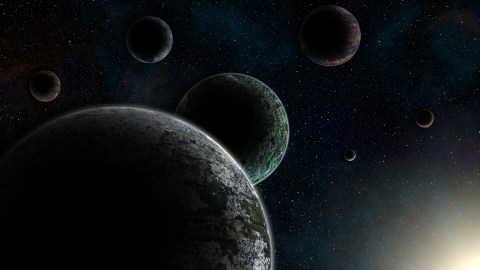
- The TRAPPIST-1 planetary system is a favorite among many scientists due to its seven worlds, with planets e, f, and g lying in the star’s habitable zone, where conditions may support life.
- Unlike the Sun, TRAPPIST-1 is an ultra-cool dwarf with much lower luminosity. Planets in the system are also likely “tidally locked,” meaning one side of each planet constantly faces the star while the other faces space, impacting conditions for life.
- All eyes are on the TRAPPIST-1 system, as the James Webb Space Telescope (JWST) has just begun observations.
When I was a wee graduate student back in the late 1980s, we didn’t know if there were any planets orbiting other stars (i.e., “exoplanets”). Now, just three decades later, we know that there are planets orbiting pretty much every star in the galaxy. This abundance of worlds was one reason I wrote my new book, The Little Book of Aliens. I wanted people to know all the crazy kinds of planets there are out there (ocean worlds, snowball worlds, magma worlds), as well as all the possibilities that exist for life.
Now that the book has come out, people have asked me: What’s my favorite alien planet? My answer comes quickly, but it’s not a single planet. Instead, it’s a planetary system. Also, it’s not just my favorite. The TRAPPIST-1 planetary system is the darling of many astronomers, planetary scientists, and astrobiologists, and today I want to tell you why. There is going to be a lot of work on TRAPPIST-1 coming from the James Webb Space Telescope (JWST).
TRAPPIST-1
The star TRAPPIST-1 hosts seven worlds labeled Trappist-1 b through h. All the planets have sizes and masses comparable to the terrestrial planets in our own Solar System (that is, Mercury, Venus, Earth, and Mars). The densities of the TRAPPIST-1 planets tell us that they are rocky worlds. That is good news because the consensus among astrobiologists is that life will need a planet with a surface to get going (as opposed to a gas giant like Jupiter).
Even better than finding rocky planets is finding rocky planets in the habitable zone of a star. The habitable or “Goldilocks” zone is the band of orbits where planetary surface temperatures lie between the boiling temperature of water (inner orbit) and the freezing temperature of water (outer orbit). Since we believe that liquid water may be essential for life (as water is such an amazing solvent), the habitable zone is a key idea in the search for life. The really good news is that planets e, f, and g in the TRAPPIST-1 system all lie in that star’s habitable zone.
This wealth of worlds along with a trio of planets in the star’s habitable zone are why TRAPPIST-1 is the go-to exoplanet system for astronomers. The JWST already has a robust program of observations set up to study each of the worlds.
The bad news
Now, here comes what may be the bad news. The star TRAPPIST-1 is nothing like the Sun. With a mass and radius of just one-tenth that of the Sun as well as a temperature that is less than half, TRAPPIST-1 is an ultra-cool dwarf, a small version of a red dwarf star (a class of stars that are small, cool, and dim).
Given its pitiful light output (less than one-tenth of 1% of the Sun’s luminosity), the habitable zone of TRAPPIST-1 is snuggled so close to the star that even planet g has a “year” that lasts just 12 Earth days. And given how close all the planets are to their star, they are all likely to be “tidally locked,” which means they always keep one side facing the star and one side facing out into space as they orbit. The Moon is tidally locked to Earth, which is why we never get to see its “far side.” Tidal locking for planets means one side lives under perpetual heating, while the other side always faces into the cold of space.
How does this affect the possibility of life? No one knows. Simulations of climates on tidally locked planets indicate that circulation from the day to the night side may even out temperatures somewhat, so that’s hopeful. There is also the possibility that life might get a hold in the temperate, permanent “terminator” that separates the two hemispheres.
Our favorite exoplanetary system
The TRAPPIST-1 system is a treasure trove of possibilities and questions. Observations by JWST already indicate that the inner-most planet (planet b) has no significant atmosphere and is probably dark in color. JWST observations of planet c ruled out a thick carbon dioxide atmosphere but not a thinner one or one composed of other species (like oxygen). These are, however, just the beginning. Many more observations are coming, and all eyes are going to be on this system over the next few years as we go about exploring our newfound, favorite alien planetary system.
